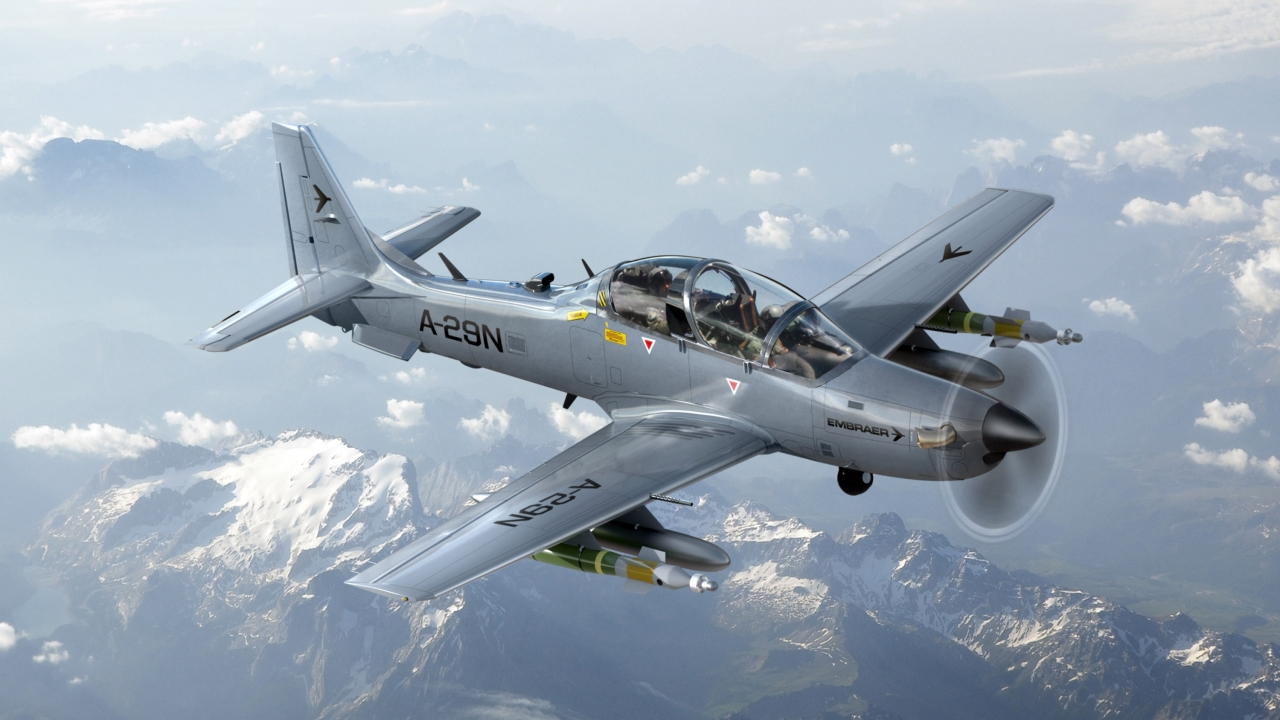Modernised Cobras give RJAF extra bite
Jordan is upgrading an initial batch of 12 of its Bell AH-1 Cobras for continued service, extending their useful lives by at least 20 years. Jon Lake reports.

Two of the upgraded Bell AH-1 Cobras were returned to Jordan in April, where one was exhibited at the SOFEX special operations exhibition.
Live firing trials began in the autumn, and all 12 aircraft are due to return to Jordan by the end of the year.
US company, Science & Engineering Services (SES), was awarded the contract to upgrade 12 of the Royal Jordanian Air Force’s (RJAF’s) original AH-1S Cobras after a competitive process.
SES designed and engineered the AH-1F modifications itself, and stripped down, inspected, and repaired each aircraft as required, rewiring and reconditioning them at its facility at Huntsville, Alabama.
SES worked closely with the airframe original equipment manufacturer, Bell, and Honeywell, the engine supplier, throughout the modernisation effort.
SES’s upgrade programme encompasses three areas – airframe, avionics and weapons.
Each aircraft was then fitted with a new Northrop Grumman integrated mission equipment package (IMEP). This avionics suite is based on the integrated avionics system installed in the Bell UH-1Y, Bell AH-1Z and Sikorsky UH-60V.
It consists of a commercially available FlightPro Gen III mission computer, new L-3 LCD multifunction displays, a smaller Rockwell Collins back-up screen, an embedded Northrop Grumman GPS/INS with a fibre-optic gyro and an embedded software digital map, and new navigation controls. Rockwell Collins ARC-210 radios are also installed.
Northrop Grumman oversaw the design and embodiment of the avionics upgrade, which is based on a modular, open architecture that will facilitate the rapid integration of third-party hardware and software for future upgrades and capability insertion.
The integrated design and lightweight components of the new avionics system cut the aircraft’s weight by 300lbs when compared to the unmodernised Jordanian AH-1F/S.
The original television sight unit (TSU) of the AH-1S and F is replaced by an L-3 Wescam MX-15D electro-optical/infrared (EO/IR) turret.
The upgrade has added new weapons, including Lockheed Martin M310 launchers for the AGM-114R Hellfire missile and seven- or 19-round 2.75in (70mm) rocket pods for BAE Systems APKWS laser-guided rockets.
New defensive aids and countermeasures include the Orbital ATK AAR-47 missile approach warning system and Extant Aerospace AN/ALE-47 chaff /flare dispensers.
The RJAF received 24 AH-1S Cobras in 1985, and then nine surplus US Army AH-1Fs from 2000. At least one S was lost in service, and either eight or 16 aircraft were delivered to Pakistan in about 2011.
Jordan then received 15-16 Israeli AH-1 Tzefa aircraft, equipped with a new night targeting system installed in place of the original Cobra TSU or TV sighting unit. The former Israeli aircraft arrived in late 2014, and have been used in operations against Daesh, alongside the RJAF’s AH-1S helicopters.
Jordan has now put 20 of its Cobras up for sale, probably representing all of the aircraft not being upgraded. Two or three aircraft have already been transferred to Kenya and two or four have been earmarked for transfer to the Philippines.
The uncertain size of the diversion to Pakistan makes it hard to assess the actual size of the Jordanian Cobra fleet today. It may be that the RJAF will only operate the 12 recently modernised AH-1S Cobras with No10 Squadron at King Abdullah II Air Base near Gabawi, and that all other examples of the type (currently equipping No12 Squadron) will be sold off.
In the long term, Jordan hopes to replace its AH-1S Cobras with a new attack helicopter. The Bell AH-1Z is known to be on the air force’s wish-list, as well as larger helicopters like the armed Blackhawk.
Jordan is the first Cobra operator to modernise the avionics of the AH-1F/S, but SES is now promoting its Cobra modernisation to other operators of the type.
Stay up to date
Subscribe to the free Times Aerospace newsletter and receive the latest content every week. We'll never share your email address.

